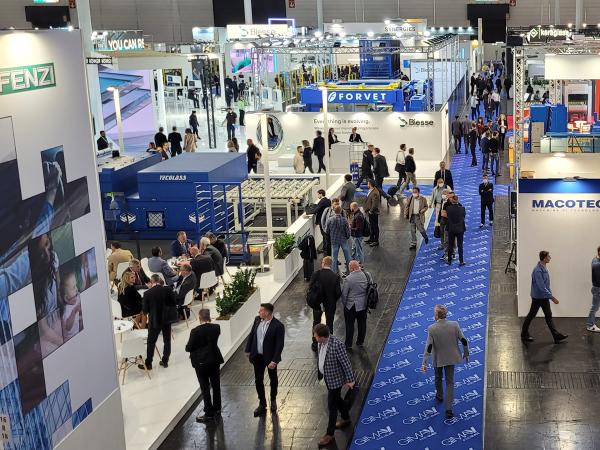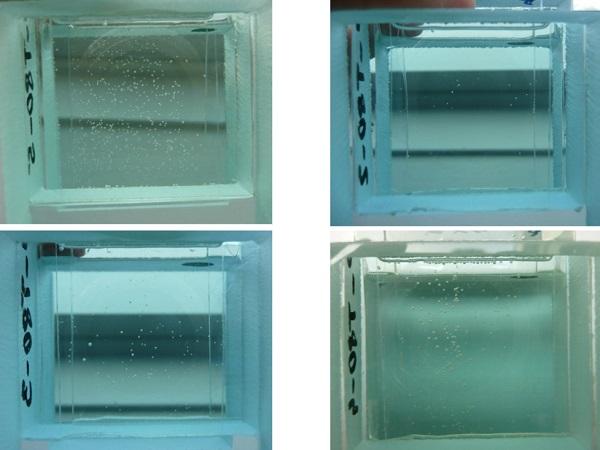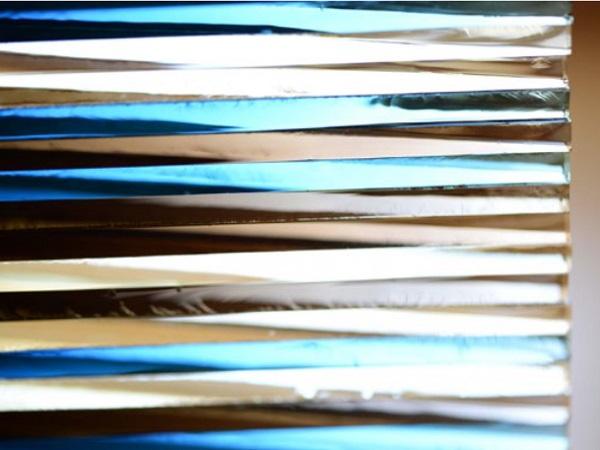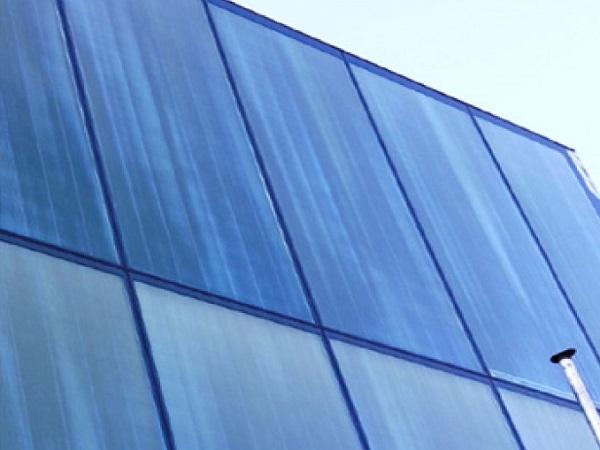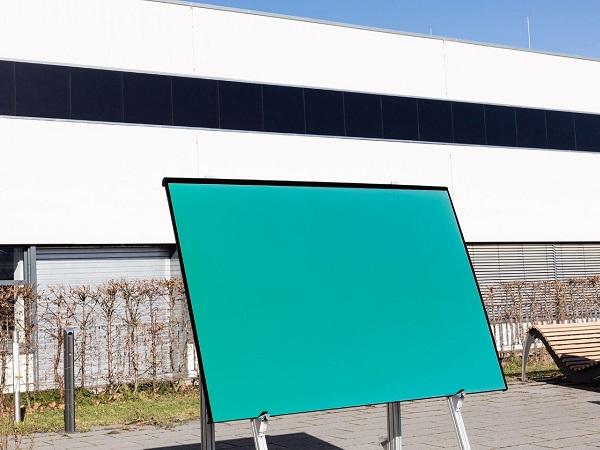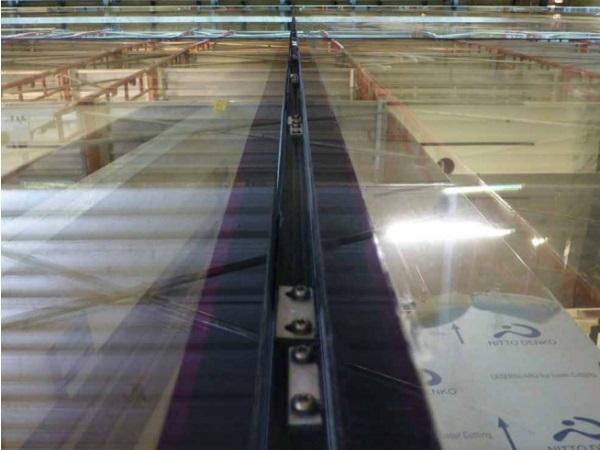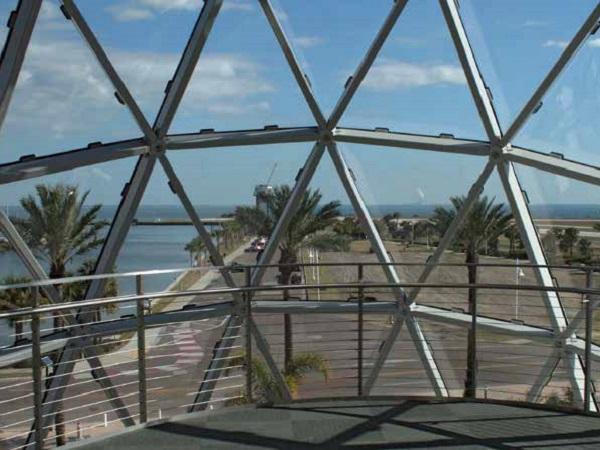Others also read
| In this third episode of the #AskGlaston flat tempering series, Taneli Ylinen deals with the commonly asked question of how to handle the issues with mixed production.
| The paper is focused on experimental testing of glass-to-glass connection using transparent adhesives.
| Within this research, two sets of real-scale laminated banister panels with the embedded connection were tested.
| This paper presents a study on the development of a bonded edge seal for fluid-filled insulating glass units.
| The results of the classification of hail resistance classes for different materials for greenhouse enclosures are presented in this paper.
| In this research, the structural sealed façade structure with triple IGU was investigated and the effect of the thickness of ordinary and laminated glasses.
| Color Depth is a material-based research project investigating the optical and structural properties of thick glass.
| In the structural design of facade glazing, various types of loads such as dead weight, wind and climatic loads must be taken into account. In practice, however, there are many cases of damage that can be attributed to direct solar radiation.
| The main challenge in the design of the duplex façade was the high aesthetical performance that the façade had to meet.
| Measurement area separated from glass sheets with buffer plates
| Measurement area in direct thermal contact with specimen
Investigations on the Cold Bending Behaviour of a Double Glazing Unit with a Rigid Edge-Spacer Frame
| In this study, the bending process of specially-fabricated double glazing units (‘panels’) is investigated with a focus on a local instability phenomenon.
| In this paper, we present the development of an intrinsic parameter σQM characterizing the sensitivity of a coating (or configuration) to the quench marks.
| The paper presents the results of FEM analysis as well as tests performed on double glazed units including Sikasil® IG-25 secondary sealing joints and SikaGlaze® IG-5 PIB as primary seal.
| This research revolves around the design, fabrication and testing of tubular glass columns, with particular focus on their redundancy and fire-safety mechanisms.
| The goal of this work is to investigate the mechanical performance of VIG’s subjected to soft body impact and gain insight into the failure mechanisms of the VIG when exposed to dynamic loads.
| This first episode is devoted to the white haze phenomenon – one of the most asked about issues in the history of #AskGlaston.
| Industrial manufacture of solar building components and their integration into the building planning process
| This paper focuses on a recently developed concept, in which glass is combined with timber to provide post-breakage strength and ductility.
| The use of new generation thin, lightweight and damage-resistant glass, originally conceived for electronic displays, is moving its first steps in the built environment, in particular for adaptive and movable skins and façades.
| Glass can form and shape a space, creating transparent architecture that can make you feel closer to the outside world.
| After seaming, grinding glass edges is another important work step in glass edge processing. The process is primarily used to remove overbreaks and underbreaks at the edges and to process the glass sheets to size.
| Five commercial glazing system analysis and a project study show the advantages of using Insulated Glass Unit (IGU) edges to mechanically attach glass to buildings.
| To create spectacular Tampa Bay views from inside the museum, Novum Structures used hurricane-resistant safety glazing.


